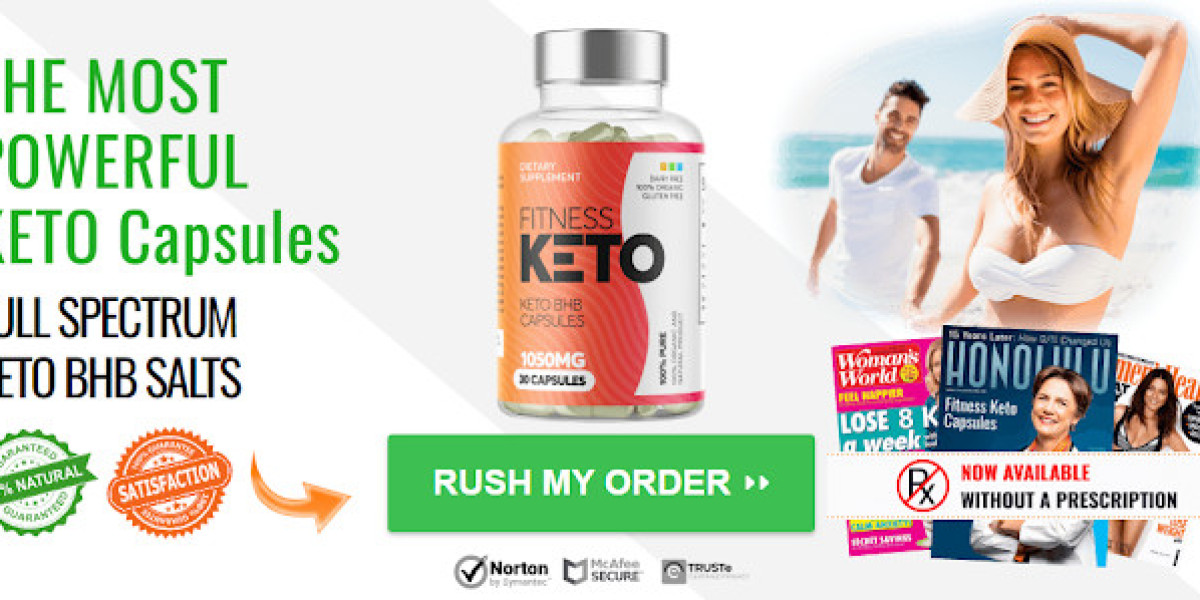Blending your way to culinary perfection is easier than you think. A food blender isn’t just a kitchen appliance; it’s a versatile tool that can elevate your cooking game to new heights. Whether you're whipping up smoothies for breakfast, pureeing soups for dinner, or crafting homemade nut butter, the possibilities are endless with this powerhouse gadget. Imagine having the ability to create creamy sauces, crush ice effortlessly, and even make dairy-free milk alternatives—all from one handy device. With the right techniques and tips in your arsenal, you’ll be blending like a pro in no time. Ready to unlock the full potential of your Food-Blender? Let’s dive into some creative ways to harness its magic!
How to Make Perfectly Smooth and Creamy Blended Drinks
Creating perfectly smooth and creamy blended drinks starts with the right ingredients. Fresh fruits, quality yogurt, or nut milk create a delicious base. For an extra layer of creaminess, consider adding avocado or frozen bananas. They blend beautifully and enrich your drink’s texture.
Next, pay attention to your blending technique. Start at a low speed to break down larger pieces before gradually increasing the power. This ensures everything mixes evenly without clumping. Scrape down the sides as needed to incorporate all ingredients fully.
Don’t forget about liquid! Adding enough juice or milk helps achieve that silky consistency you crave. If you're looking for extra sweetness, natural sweeteners like honey or maple syrup can enhance flavor without overpowering it. Blend until completely smooth for the ultimate indulgent experience in every sip!
Best Blender Techniques for Soups, Sauces, and Purees
A Food-Blender is your best friend when it comes to creating silky soups and sauces. Start by chopping your ingredients into uniform pieces for even cooking. Sautéing onions, garlic, or spices before blending enhances flavor depth significantly.
When it's time to blend, let the mixture cool slightly. Pour batches into the blender, filling it only halfway to avoid spillage. For extra creaminess in purees, add a splash of broth or cream while blending. This will give you that luxurious texture everyone loves.
Always remember to pulse first if you're working with chunky ingredients—this helps break them down faster without over-processing. For hot soups, use a towel over the lid as an added safety measure against steam buildup. Enjoy experimenting with textures and flavors!
How to Blend Nut Butter with a High-Powered Blender
Blending nut butter is a fantastic way to enjoy creamy spreads without the additives found in store-bought options. Start by choosing your nuts—almonds, peanuts, or cashews are popular choices. For a smoother texture, roast them lightly beforehand; it enhances flavor and makes blending easier.
Add the nuts to your high-powered Food-Blender and secure the lid tightly. Begin on low speed, gradually increasing as they start breaking down into meal-like crumbs. Scrape down the sides occasionally for even mixing. Patience is key here; it may take several minutes of blending until you reach that perfect buttery consistency.
If desired, enhance your nut butter with ingredients like honey or salt for an extra taste. A drizzle of oil can also help achieve a silkier texture if needed. Enjoy spreading this homemade delight on toast or adding it to smoothies!
Making Homemade Baby Food Using a Food-Blender
Making homemade baby food with a Food-Blender is both simple and rewarding. You have complete control over the ingredients, ensuring your little one enjoys nutritious meals free from additives. Plus, it’s cost-effective compared to pre-packaged options.
Start by cooking fruits or vegetables until they’re soft. Sweet potatoes, carrots, and apples are great choices. Once cooked, place them in the blender with a little water or breast milk to achieve the desired consistency. Blend until smooth for infants just starting on solids.
For older babies ready for more texture, blend less or leave some chunks intact. Experimenting with combinations like peas and avocado can introduce new flavors too! With a few minutes of preparation and blending time, you’ll create wholesome meals tailored to your baby's tastes.
How to Crush Ice and Frozen Fruits Without Damaging Blades
Crushing ice and frozen fruits can be a challenge, but with the right techniques, your Food-Blender will handle them like a pro. Start by adding liquid to your blender before the ice or fruit. This creates a cushion that protects the blades while providing much-needed lubrication for smoother blending.
Next, use short bursts of power instead of continuous blending. Pulsing your blender allows you to control the texture better and prevents overheating. If you're working with tough ingredients, consider using a tamper to push down items without risking damage.
Ensure you’re using high-quality blades designed for tough tasks. Regularly check their condition; dull blades can lead to unnecessary wear on both the machine and its components. With these tips in mind, you'll enjoy perfectly crushed ice and frozen treats without worry!
Blending vs. Juicing: Which One is Better for Nutrients?
Blending and juicing both offer unique benefits, catering to different nutritional needs. Blending retains the whole fruit or vegetable, including fiber, which aids digestion and promotes satiety. This means you get a more balanced nutrient profile along with added health benefits from the intact ingredients.
On the other hand, juicing extracts liquids while discarding most of the pulp. This process provides a concentrated dose of vitamins and minerals in a drinkable form. Many find it easier to consume large quantities of nutrients quickly through juice, especially when using vibrant greens or superfoods.
Your choice depends on personal preference and dietary goals. If you're aiming for fiber-rich meals that keep you full longer, blending is ideal. For quick nutrition boosts without bulk, juicing might be your go-to method for those busy mornings or post-workout replenishment.
How to Make Dairy-Free Milk Alternatives in a Commercial Blender
Making dairy-free milk alternatives at home is simple and rewarding. With a Commercial Blender, you can create delicious nut milk in just minutes. Start by soaking your nuts or seeds overnight to soften them; this makes blending easier and results in creamier milk.
Add the soaked ingredients to your blender with water, usually a 1:3 ratio of nuts to water works well. Blend on high until smooth, ensuring no large chunks are remaining. For added flavor, consider incorporating vanilla extract or sweeteners like dates or maple syrup during blending.
After blending, strain the mixture through a nut milk bag or cheesecloth for a silky finish. The leftover pulp can be repurposed into baked goods or smoothies for extra nutrition—no waste here! Enjoy your fresh homemade almond, cashew, or oat milk in coffee, cereal, or straight from the glass.
Best Food-Blenders for Meal Prep and Quick Cooking
When it comes to meal prep, having the right Food-Blender can make all the difference. High-powered blenders like Vitamix or Blendtec are top choices for their ability to handle tough ingredients and create silky-smooth textures in mere seconds. These machines often come with various settings, allowing you to switch effortlessly between smoothies, soups, and sauces.
Another great option is the Ninja series, known for its versatility and affordability. With impressive motor power and sharp blades, these blenders excel at crushing ice and blending frozen fruits quickly. They're perfect for busy individuals who want delicious meals without spending hours in the kitchen.
Don’t overlook personal-sized blenders either! Brands like NutriBullet offer compact models that are ideal for quick shakes or single servings while saving counter space. They’re perfect for those on-the-go moments when time is of the essence.
How to Clean and Maintain Your Food-Blender Properly
Keeping your Food-Blender clean and well-maintained is essential for optimal performance. After each use, rinse the container immediately to prevent residue from hardening. A quick wash with warm soapy water can work wonders—just ensure not to immerse the base in water.
For deeper cleaning, most blenders are dishwasher-safe; check your manual for specific guidelines. To tackle tough stains or odors, blend a mixture of baking soda and water, then rinse thoroughly. This natural method keeps things fresh without harsh chemicals.
Don't forget about the blades! Carefully wipe them down using a damp cloth to remove any stuck-on bits. Regularly inspect seals and gaskets for wear and tear—replacing them ensures a tight fit that prevents leaks during blending sessions. Keeping up with these maintenance tips will extend the life of your Food-Blender significantly.
Blender Hacks: Creative Ways to Use Your Industrial Blender
Your industrial blender is a powerhouse in the kitchen, and its capabilities extend beyond smoothies. Try using it to whip up homemade dressings and marinades. Just toss your ingredients into the jar, blend until smooth, and enjoy fresh flavors without any store-bought preservatives.
Want to bake like a pro? Use your blender for making dough! Whether you’re whipping up pizza crust or pancake batter, this method saves time while ensuring consistency. Simply combine dry ingredients first, then add wet ones – blend until just combined.
Don’t forget about meal prep! Chop veggies quickly by pulsing them in your blender before cooking. You can also prepare fluffy scrambled eggs or frittatas with ease. The versatility of an industrial food-blender opens up endless possibilities for culinary creativity at home.
Making Smooth and Fluffy Pancake Batter in a Blender
Making pancake batter in a Food-Blender is a game changer. Start by adding your dry ingredients, like flour, baking powder, and sugar, to the blender first. This ensures an even mix without lumps forming later.
Next, pour in your wet ingredients—milk, eggs, and melted butter or oil. Blend on low until everything comes together smoothly. A few pulses will do; you want that fluffy texture without overmixing.
For an extra touch of flavor, toss in some vanilla extract or spices like cinnamon before blending again. The result? Light and airy pancake batter ready for the griddle! Just remember to let it rest for a minute before pouring it onto the pan to achieve those perfectly fluffy pancakes everyone loves.
Conclusion
The versatility of a food blender is truly remarkable. It opens up a world of culinary possibilities, from smoothies to sauces and even homemade nut butter. With the right techniques, anyone can harness its power for delicious results. Exploring various recipes and methods allows you to make the most out of this essential kitchen tool. Whether you’re whipping up baby food or experimenting with dairy-free milk alternatives, there’s always something new to try. Embracing your blender's capabilities not only saves time in meal prep but also enhances your cooking skills.
FAQs
What’s the difference between a high-powered blender and a standard one?
High-powered blenders typically have stronger motors, which allow them to blend tougher ingredients smoothly. They excel at making nut butter, ice creams, and smoothies with frozen fruits.
Can I make hot soups in my Food Blender?
Yes! Many high-powered blenders can heat soups through friction. Just add your cooked ingredients and blend until smooth for a creamy finish.
How do I prevent my blender from leaking during use?
Ensure the lid is securely placed before blending. Additionally, avoid overfilling the container as this increases pressure inside and can lead to spills.
Related Business Listings |





